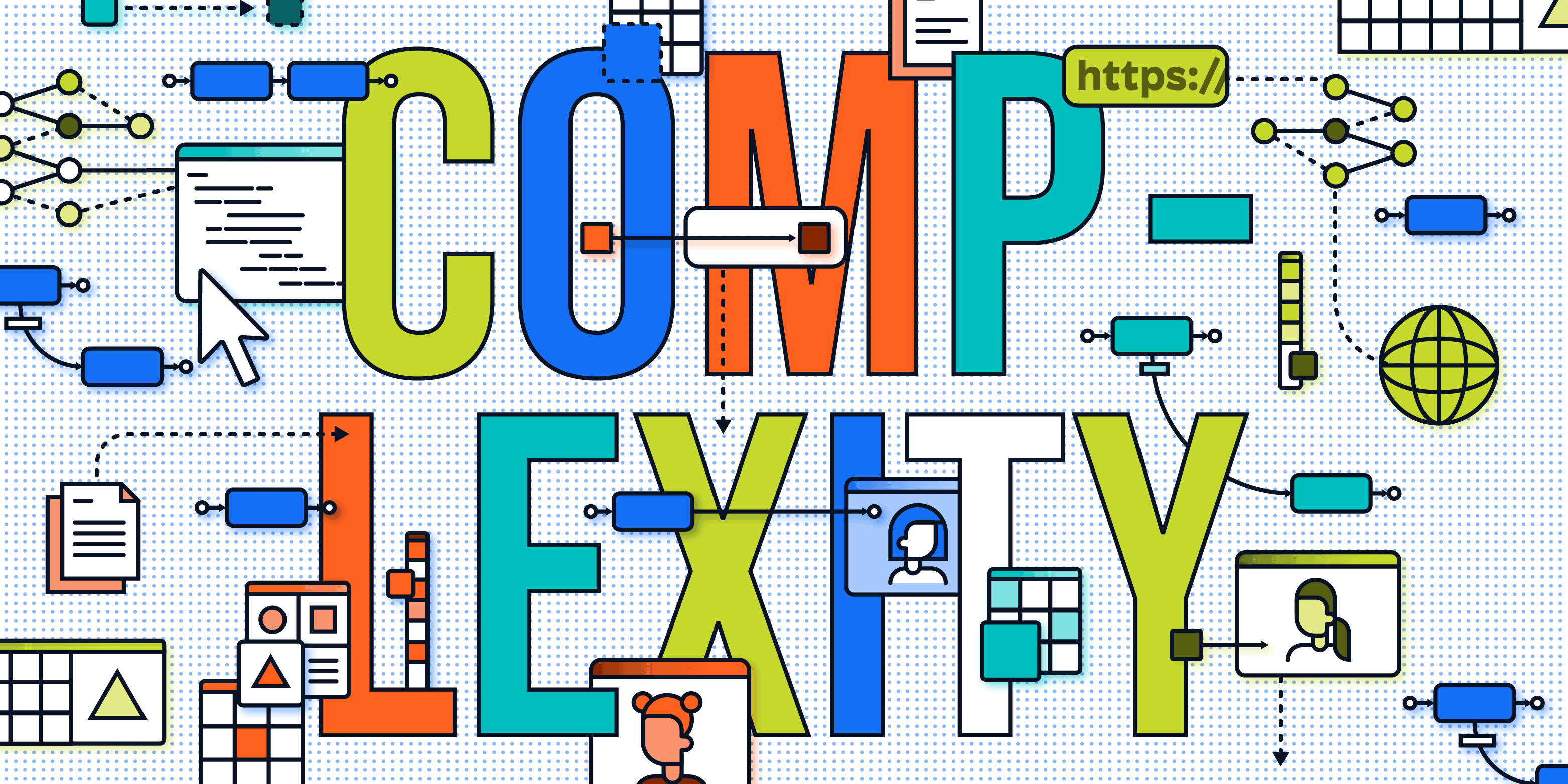
Generate Domain Models with Maia - Mendix 10.13
Mendix 10.13 Release
Automate your enterprise with modern, adaptable processes.
Approvals, reviews, check-ins, submittals, escalations, requests— these tasks and functions are barely the tip of the workflow iceberg. Everything and everyone in your organization needs to go digital.
Enterprise process automation is a demanding endeavor, and it’s one that never really ends. Regardless of where you are on the automation spectrum—whether you’re still struggling with processes trapped in spreadsheets or are eager to dive into intelligent automation—you need a tool that will help you accomplish what you need to get done now and support your organization as processes evolve.
Enterprise process automation isn’t just about one department or just one process. It’s about fully automating all processes in all departments from end-to-end. This is a technically complex undertaking that, even once everything is automated and running smoothly, doesn’t end. Because processes change and evolve all the time. So not only do you need to build seamless, consumer-grade digital solutions to replace error-prone manual workflows or ancient databases – you also need to design them to be changeable so they can adapt as the business evolves. If you automate processes with a low-code platform you can create flexible solutions at speed and scale.
Mendix 10.13 Release
What does complexity mean to you and for your enterprise? If we sat down with 100 IT leaders and asked, we’d probably get 100 different answers. So, let’s define “complexity” together. And who better than actual Mendix users?
Spreadsheets are the new paper. End users have been using Excel and Access to “automate” tasks or parts of workflows for years. These spreadsheets and databases are emailed around or saved to Sharepoint sites and contain a wealth of data and a glut of mistakes. Updating the rows and columns and maintaining the integrity of complex macros and formulas is time-consuming and error-prone. It’s also almost impossible to either implement or enforce reliable access controls.
One approach to end-to-end workflow automation is Intelligent Automation.
Intelligent automation combines artificial intelligence (AI), machine learning (ML), and process orchestration to create adaptable, comprehensive workflows. Intelligent automation takes even more of the tedium out of repetitive, vital tasks by augmenting or replacing a lot of the human decision-making required in static workflows.
When you automate intelligently you can provide users with the most optimized experience, creating as effortless an interaction as possible for each user within each process. Intelligent processes are also adaptable – AI and ML embedded in the solutions learn continuously as users complete and interact with the workflow.
Mendix 10.13 Release
What does complexity mean to you and for your enterprise? If we sat down with 100 IT leaders and asked, we’d probably get 100 different answers. So, let’s define “complexity” together. And who better than actual Mendix users?
What separates intelligent automation from traditional process automation is that it extends automation past just digitizing rote and repetitive tasks. With Intelligent Automation, the inclusion of services (like artificial intelligence and machine learning) enables solutions to recognize patterns, surface insights, and execute decisioning. Intelligent Automations enables processes to adapt in real-time, based on inputs that can range from data points as broad as language to biometrics to telemetry.
The most important ingredient in successful intelligent automation projects is collaboration across different skillsets. Projects that include business domain experts in the development of solutions succeed at a higher rate because processes are much more clearly understood by all the people involved in delivering the solution. Platforms like Mendix that include sophisticated collaborative development tools foster the type of interactions necessary for these projects.
Any process that can be identified can be automated. In fact, tools exist that can even mine for and surface undocumented processes. Some organizations start by automating processes that increase operational efficiency internally. Others start with processes that represent customer interactions. Some examples of process automation are Complex Approval Workflows, Incident Management, and Customer Onboarding.
Many Mendix customers find that the processes that they are most interested in automating run across both employees and customers; positive customer experiences are highly correlated with positive employee experiences. For employee-facing portions of an automated process, access to all the data they need, and that data being reliable and consistent is paramount; similarly, tools that make it easy for employees to see the status of work in a complex process is key to their satisfaction. For customers, expectations are consumer-grade: being able to connect to organizations on different devices, through different methods (e.g., chatbot), and with up-to-date status and action options.
Mendix application development and workflow, and RPA can be very complementary. Several Mendix customers have combined these technologies to achieve high degrees of automation and cost savings. While RPA is best for automating data entry and similar repetitive tasks, Mendix can connect to numerous core systems, model workflow outside of basic tasks, foster deeper collaboration across business experts and developers, and embed workflows is sophisticated multi-channel solutions.
There is an overlap in the types of processes that Mendix and BPM vendors can address. Mendix customers report choosing Mendix for process automation for a few key reasons: (1) Simplicity in accessing data across a panoply of core systems, (2) ease of incorporating business domain experts (citizen developers) into enterprise process automation development, and (3) Ability to expose different pieces of a process to appropriate audiences on a variety of devices and technologies without rework.

